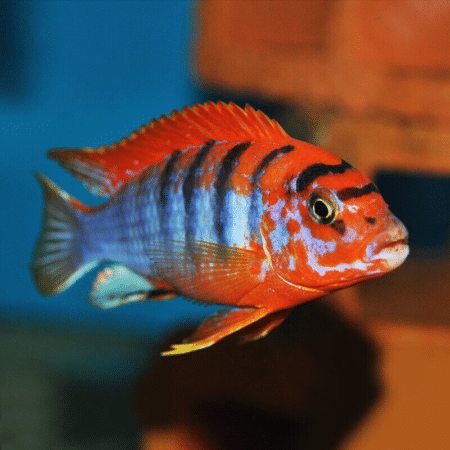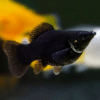To provide the best experiences, we use technologies like cookies to store and/or access device information. Consenting to these technologies will allow us to process data such as browsing behaviour or unique IDs on this site. Not consenting or withdrawing consent, may adversely affect certain features and functions.
The technical storage or access is strictly necessary for the legitimate purpose of enabling the use of a specific service explicitly requested by the subscriber or user, or for the sole purpose of carrying out the transmission of a communication over an electronic communications network.
The technical storage or access is necessary for the legitimate purpose of storing preferences that are not requested by the subscriber or user.
The technical storage or access that is used exclusively for statistical purposes.
The technical storage or access that is used exclusively for anonymous statistical purposes. Without a subpoena, voluntary compliance on the part of your Internet Service Provider, or additional records from a third party, information stored or retrieved for this purpose alone cannot usually be used to identify you.
The technical storage or access is required to create user profiles to send advertising, or to track the user on a website or across several websites for similar marketing purposes.















Emily Carter (verified owner) –
I’ve been an aquarium enthusiast for over five years, and I recently purchased these 4 Gold Black Lyretail Mollies, and I couldn’t be happier! Upon arrival, they were in excellent health and full of energy, which is so important for any freshwater fish. I’ve had them for about two months now, and they have acclimated beautifully to my 30-gallon tank. Their vibrant colors and elegant fins are mesmerizing to watch as they swim around the tank.
What I love about these mollies is their peaceful temperament—they get along wonderfully with my other fish, making them perfect for a community aquarium. Unlike some other livebearers I’ve tried, these mollies are not aggressive at all.
One minor concern was that they initially took a little while to get used to my tank’s environment, but with some patience and proper care, they settled in just fine.
If you’re considering adding mollies to your aquarium, I highly recommend these beauties! They bring such joy, and as a caring fish parent, their well-being and happiness mean the world to me. Plus, they are relatively easy to care for, making them perfect for both beginners and seasoned hobbyists alike!